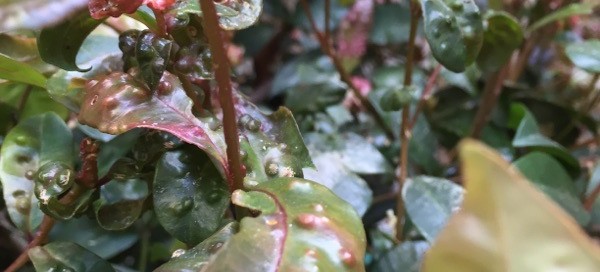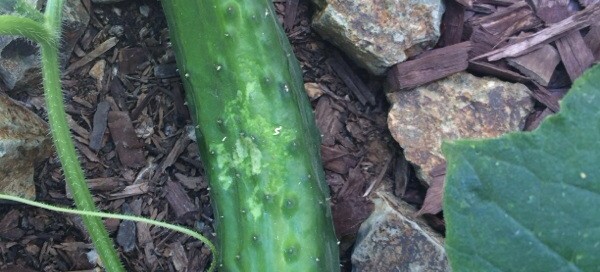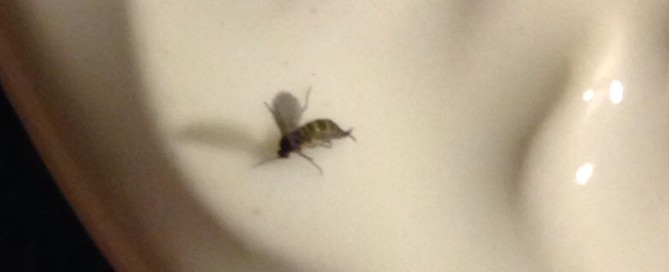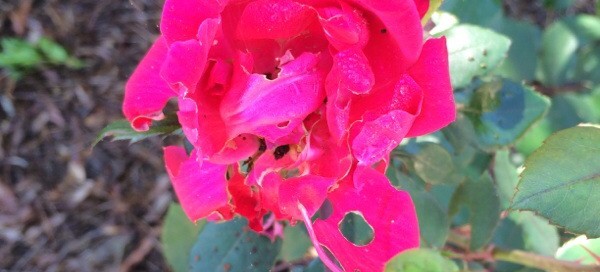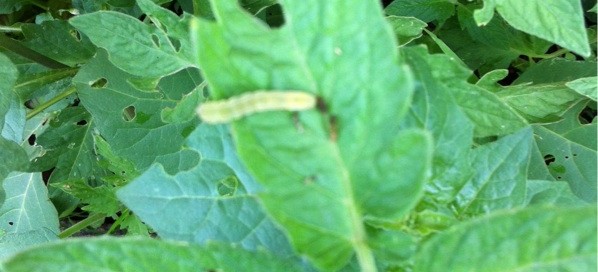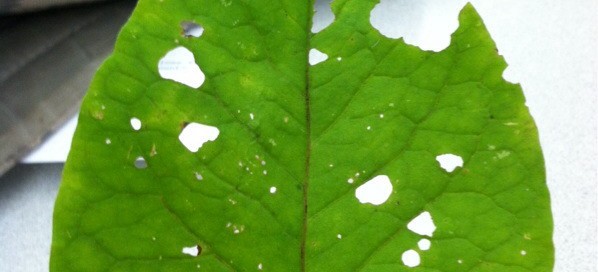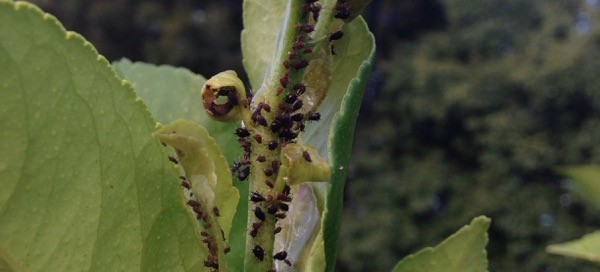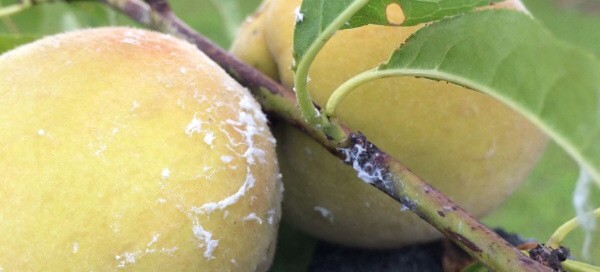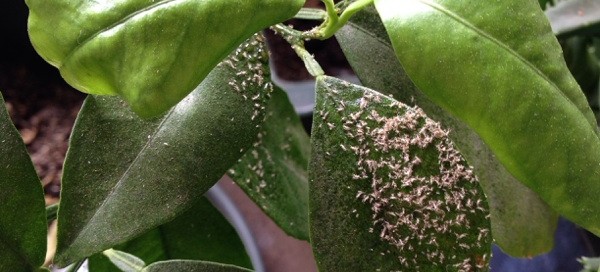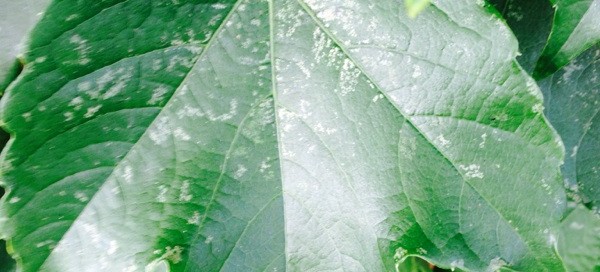Psyllid
The raised spots might be the work of psyllids, common name plant lice, small insects that depending on the species are host-specific, that is one species of a psyllid will colonize on one particular plant. They become abundant when temperatures warm and host plants develop fresh growth. The psyllid sucks the nutrients out of the foliage, stems, etc. and galls form on the leaves or buds. They also have ecreta, known as honeydew which can lead to the development of black sooty mold. Most experts agree that the psyllid damage is primarily aesthetic, but if the plant is not growing or the infestation is extensive, suggest you show some clippings to a horticulturist at your local garden center or botanic garden to confirm the problem and possible control.
